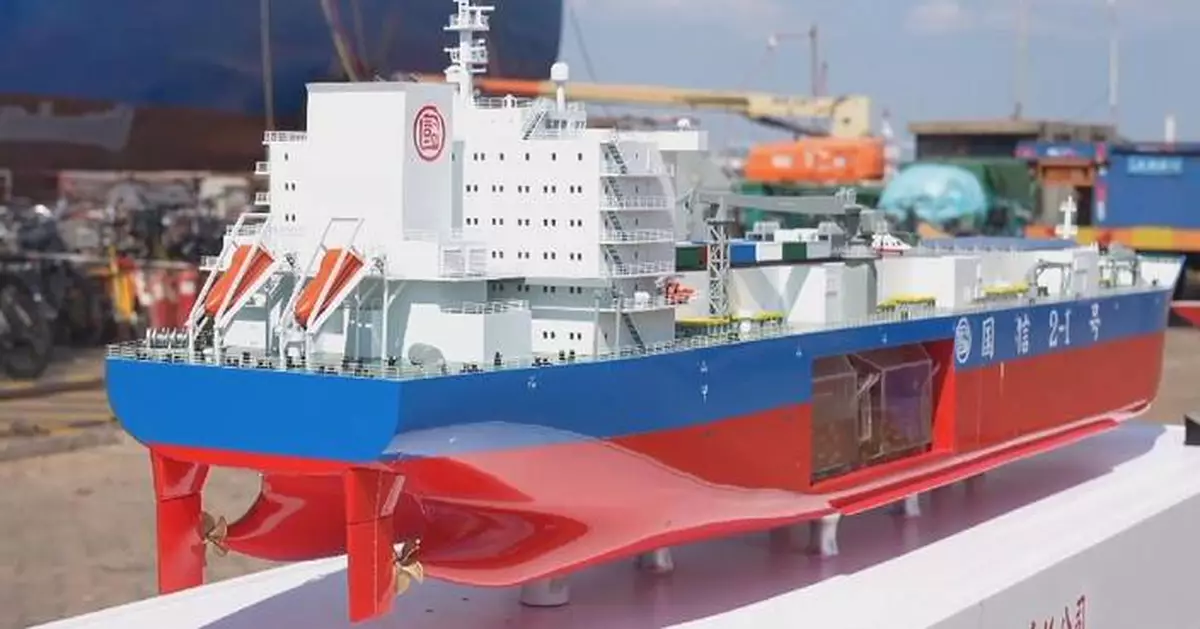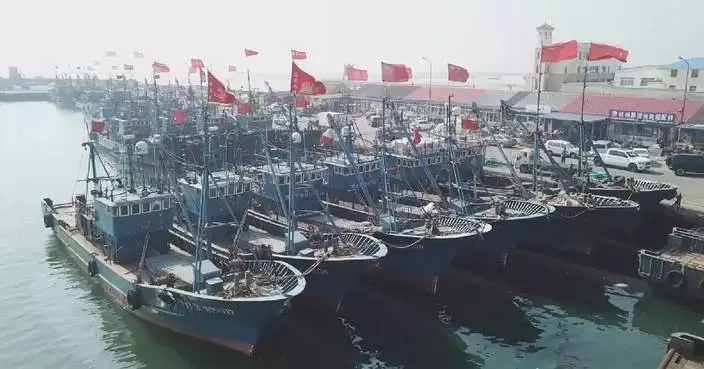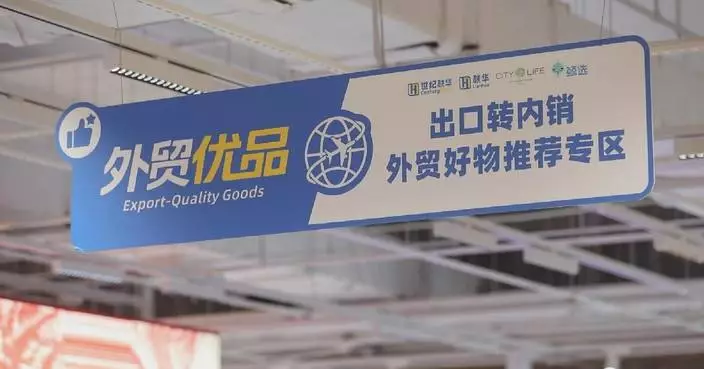The world's first 150,000-deadweight tonnage (DWT) smart aquaculture vessel Guoxin 2-1, a floating fish farm, is under construction in Qingdao City of east China's Shandong Province, and set to be operational in 2025.
The mega vessel measures 245 meters in length and 45 meters in width. It has 15 breeding cabins, each larger than two standard swimming pools. As a sister ship of "Guoxin 1", "Guoxin 2-1" has carried out more than 160 optimizations and innovations in terms of functional layout and new energy utilization.
Guoxin 1 has sailed for nearly 14,000 nautical miles to the Yellow Sea, East China Sea and South China Sea where different fish can be cultivated in their ideal temperatures and produced 2,700 tons of yellow croakers since its launch in May 2022.
"While retaining the hoisting method, we have employed an approach of side entry to send fish fry into the cabin. Holes are added on ship's side so that the fish fry can be directly transported to the breeding cabins, which greatly improves the efficiency and also reduces the damage rate," said Tian Neidong, a project director of Guoxin China Shipbuilding Qingdao Marine Technology.
In order to realize intelligent fish farming, the tanks are centrally controlled. Operations on board the ship are monitored with underwater cameras, sensors and a self-feeding system, as well as connectivity with the company's shore-based offices to monitor the fish.
The fish rearing density in the tanks is four to six times higher than in traditional aquaculture cages and the aquaculture cycle is shortened by 30 percent. In addition, the fish survival rate and the rate of weight gain are also increased.
"We have installed more than 2,000 sensors in various areas of the ship, which can transmit different data such as water temperature, water quality, and oxygen content in the breeding cabins to the monitoring room in real time, and then transmit it to the shore-based monitoring center through the ship-shore integrated system, realizing the interconnection between the aquaculture vessels and the land, and among the aquaculture ships," said Tian.
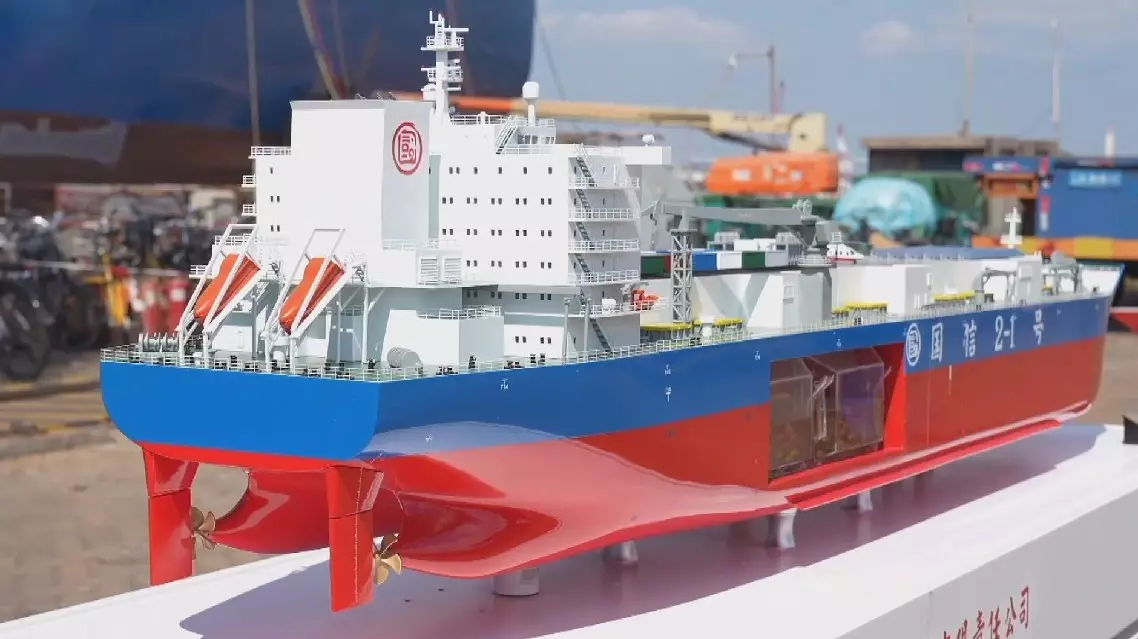
World's first 150,000-DWT offshore fish farming vessel to go operational in 2025
A Chinese medical team is intensifying disease prevention efforts in Myanmar's Mandalay, to curb outbreak risks after a 7.9-magnitude earthquake struck the country in March.
Mandalay is among the hardest-hit regions and faces compounding crises including disrupted water supplies, overcrowded shelters, and degraded sanitation systems. Equipped with emergency medical supplies and equipment, the Chinese team with experts from the National Disease Control and Prevention Administration and the Center for Disease Control and Prevention, focuses on mitigating disease risks in quake-affected regions.
The 50-member team has conducted the second round of investigations at four shelter sites in the city. Their work includes mosquito-borne disease surveillance, environmental sampling, disinfection training, and post-disaster mental health support for survivors.
"Our epidemic prevention team has conducted monitoring and assessment of vector-borne organisms at each shelter site, and carried out environmental disinfection based on the monitoring findings to reduce vector density and thus minimize the risk of vector-borne diseases. We have also conducted regular monitoring of drinking water samples and sewage systems to identify signs of waterborne disease outbreaks early, enabling timely and effective intervention," said Chen Lei, deputy director of the National Disease Control and Prevention Administration's emergency response department and leader of the medical team. The Chinese medical tea has established collaboration mechanisms with Mandalay's provincial government and health department, providing specialized training to local medical personnel to enhance long-term resilience.
"We are very graceful to have the opportunity to participate in such technical training, where we have learned more professional knowledge beyond our regular work, understood what action we should take in such disasters, and what international standards and experiences are. To share such knowledge is very helpful for us to improve and make progress," said Thura Aung, a medical worker in Mandalay's Chanmyathazi Township.
The earthquake struck Myanmar on March 28, claiming nearly 3,800 lives and injuring more than 5,000 people, with 129 others still unaccounted for as of April 18, according to official data.
The team's deployment is part of China's ongoing post-disaster relief mission. Its trip marks China's second health and epidemic prevention aid mission to Myanmar. The first team returned on April 6 after a nine-day deployment.
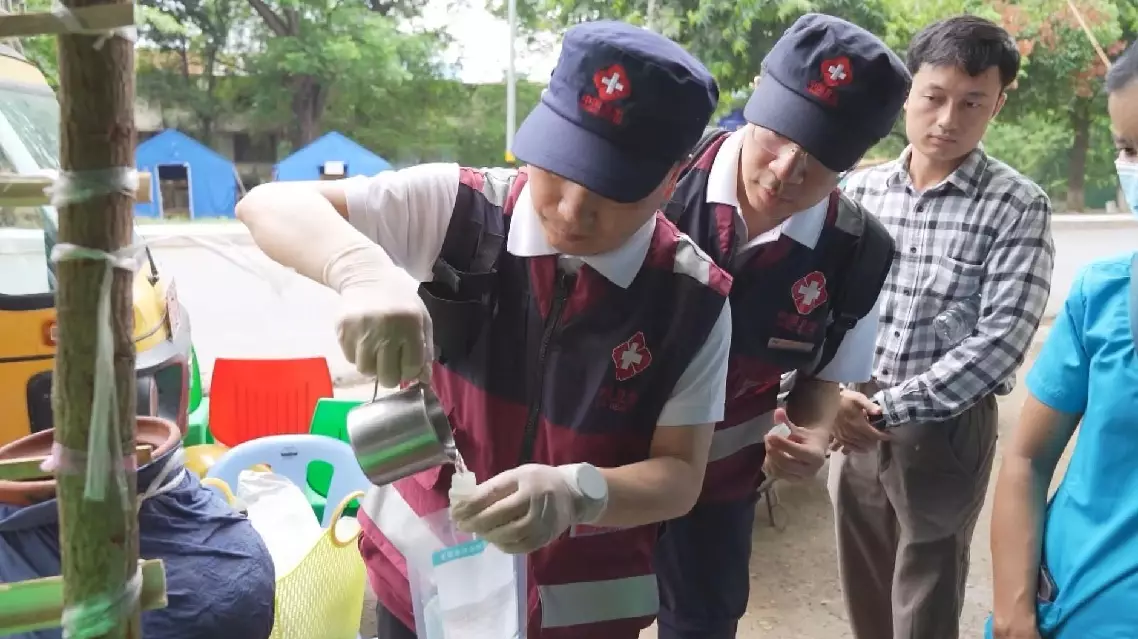
Chinese medical team bolsters post-quake disease control in Mandalay



